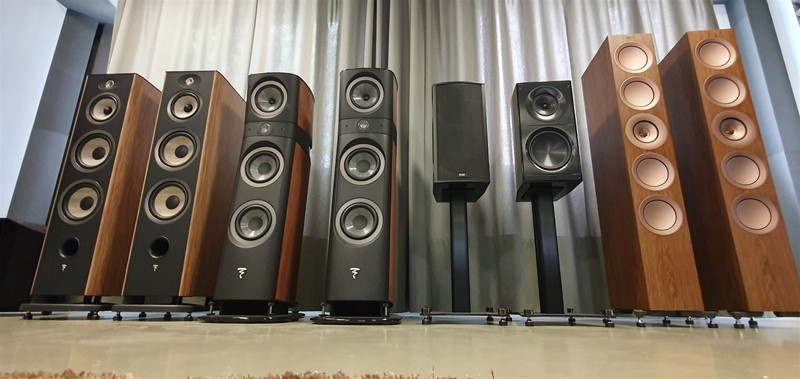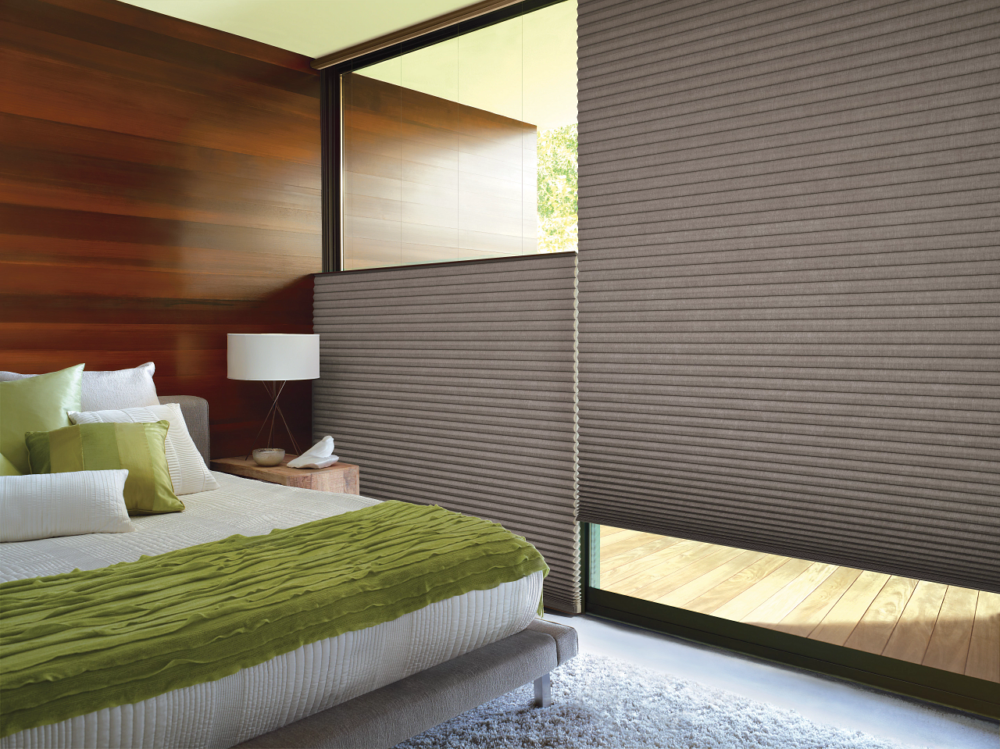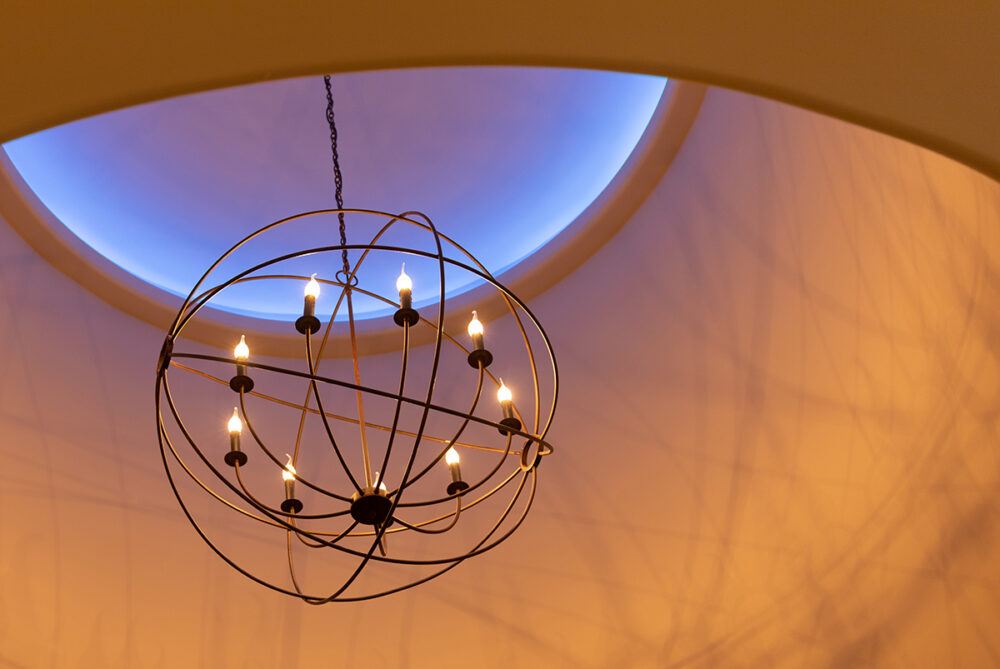(This is the first in a series of articles about home audio systems. Our goal is to help you better understand the types of systems that are available as an option when you are building a new home.)
Surround sound (or home theater) has become a primary means of entertainment in the home. We talk with customers on a daily basis who have questions about these systems and our design team coaches them on what can be done. If you are in the process of designing a new home, read on to get some ideas about how a surround sound system can benefit you.
Surround sound systems start with three speakers near your television or projector screen, which are referred to as left, center and right. These speakers are where most music, big sound effects and dialog come from, and are arguably the most important speakers in the system. Next comes either 2 or 4 speakers that are placed beside or behind your seating position that are used for special effects. This can be an arrow zipping past your head, or the sounds of a forest that is shown in a movie. These are called surround speakers and are where the system gets its name.
Next is the subwoofer, which is a special type of speaker that is designed to reproduce the lowest frequencies that you can hear. This can be special effects in the video content like a dinosaur’s foot landing or an explosion, or the low frequencies in music. These frequencies are largely non-directional, so while many people place these speakers at the front of the room, they can also be placed beside or even behind you in some cases. Having multiple subwoofers in a system can help to even out the distribution of bass energy in the room. Some systems have as many as four subwoofers in them.
Combined, these front, surround, and subwoofer speakers can be expressed as a system with a number. The first number represents the combined number of front and surround speakers (typically 5 or 7) and the second number the quantity of subwoofers. So, a 5.1 system would have 3 fronts, 2 surround and one subwoofer, while a 7.2 system would add an additional pair of surround speakers and another subwoofer.
In the past few years, however, an additional type of speaker referred to as a height speaker has been added to further envelop the listener. These speakers are placed in pairs that are located above the listener if it is a single pair or just in front and behind the listener when two pairs are used. When these are present in a system a third number is added to the descriptor. So a 5.2.2 system has 5 primary speakers (3 fronts, 2 surrounds), 2 subwoofers, and 2 height speakers.
Once speakers are installed, an AV receiver is also needed to complete the system. An AV receiver serves as the central hub for connections in a home theater system. It acts as a processor for audio and video signals, a switching device (allowing you to have multiple video sources connected), and as the audio amplifier in the system. These receivers are usually rated in terms of channels (typically 5, 7, 9 or 11). Totaling the number of primary surrounds and height speakers will determine how many channels of amplification you will need. Subwoofers are not considered as one of these amplification channels as they will either have an amplifier built into the speaker or will require a special subwoofer amplifier that can sit with the AV receiver.
Most receivers sold today have an app available for control of the receiver. These apps allow for adjustments of the settings as well as the ability to control music on the surround system. Many of these apps allow for streaming services like Pandora, Amazon Music and Spotify.
A modern surround system can enhance the entertainment experience in ways that far surpass what a simple speaker bar can achieve. This is not only in overall volume or loudness, but also in terms of quality, making it much easier to lose yourself in what you are watching. Contact us today to schedule a meeting to talk about the ins and outs of your system!



